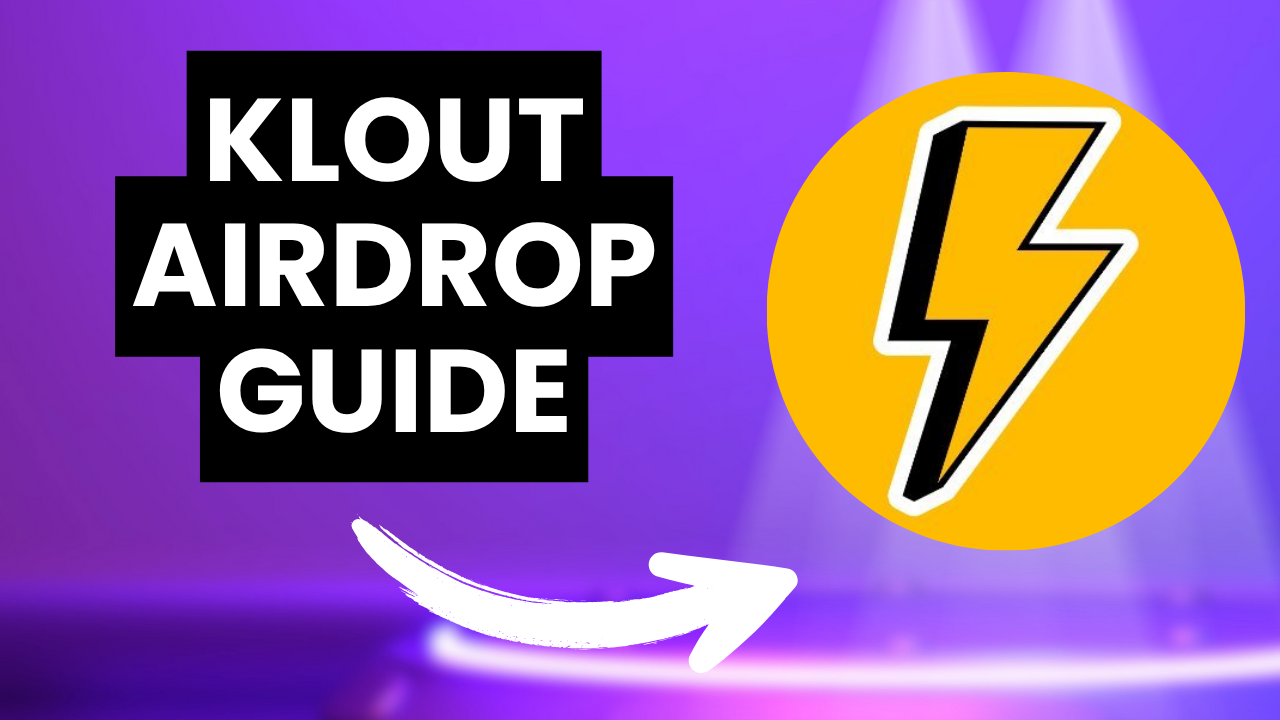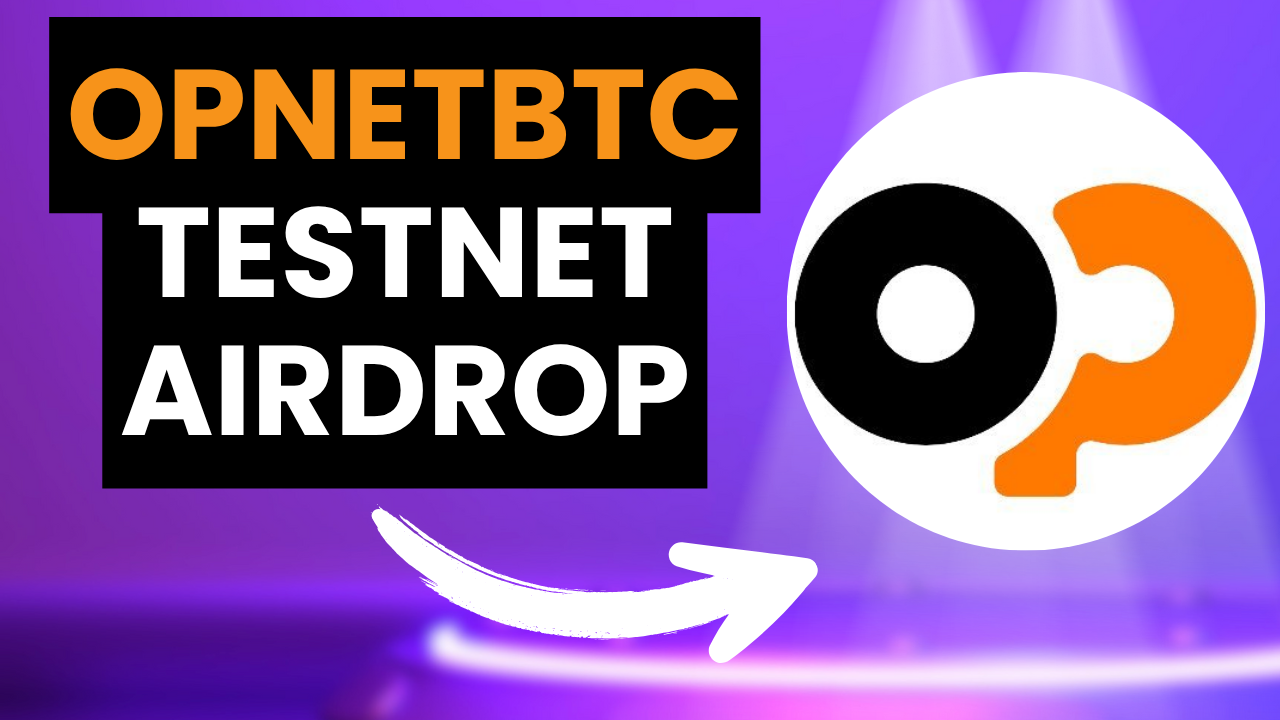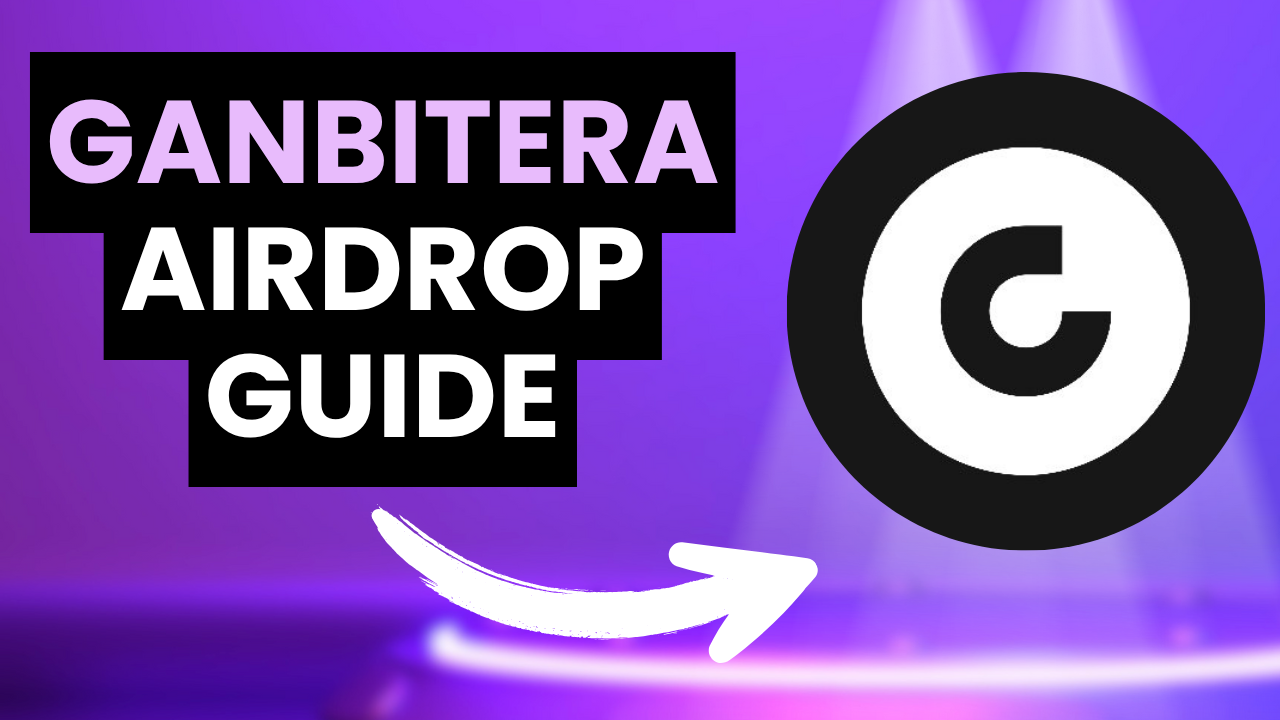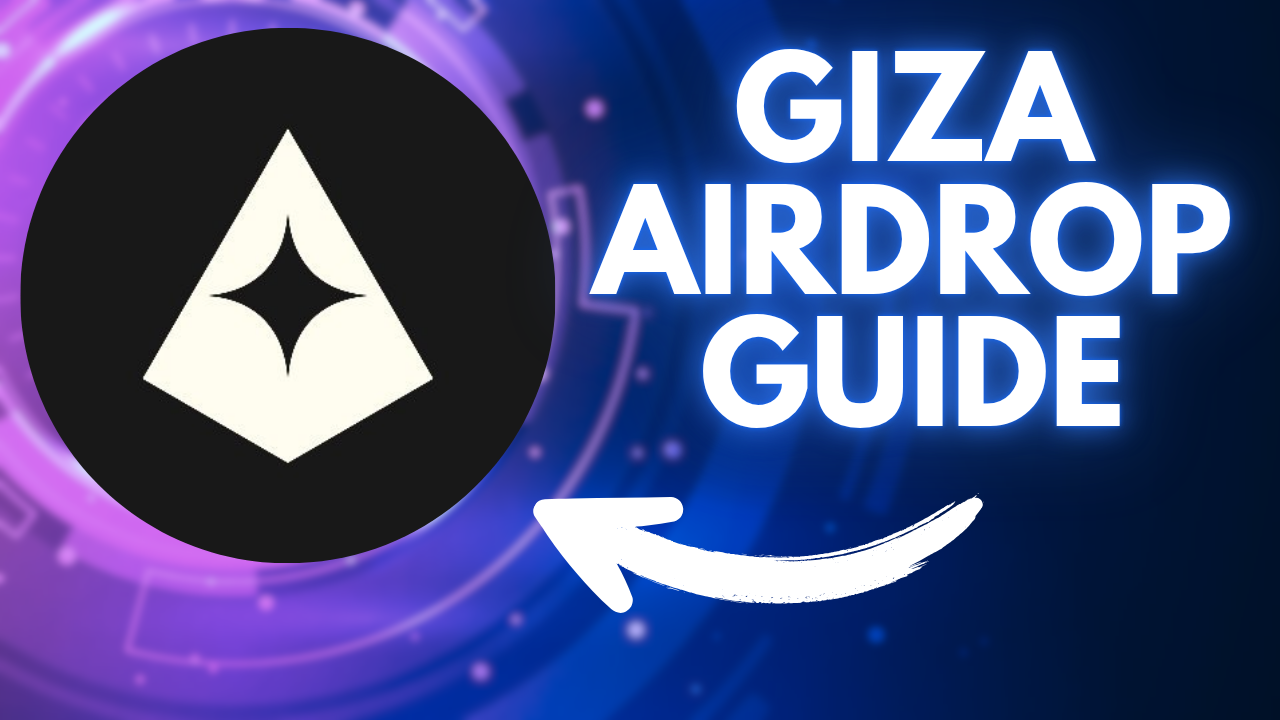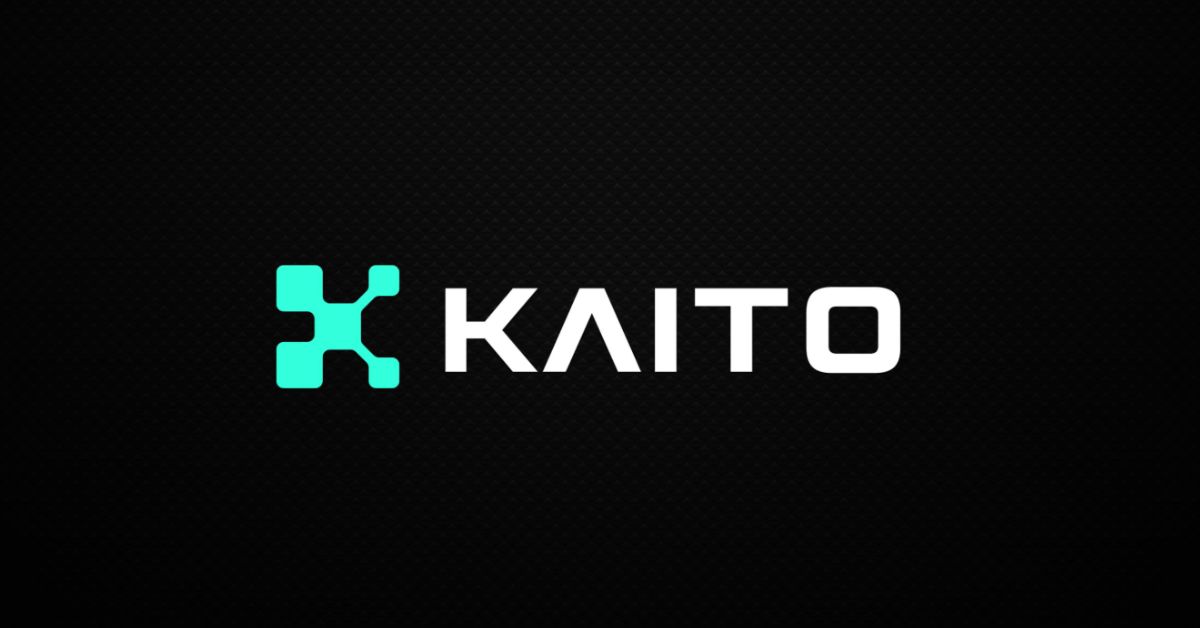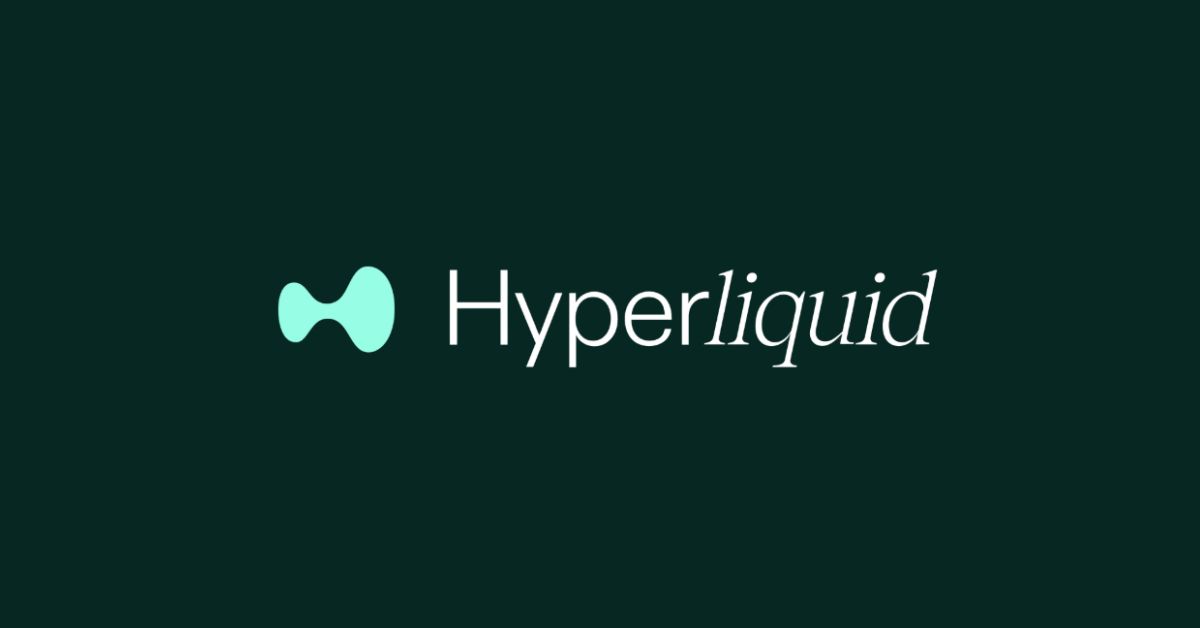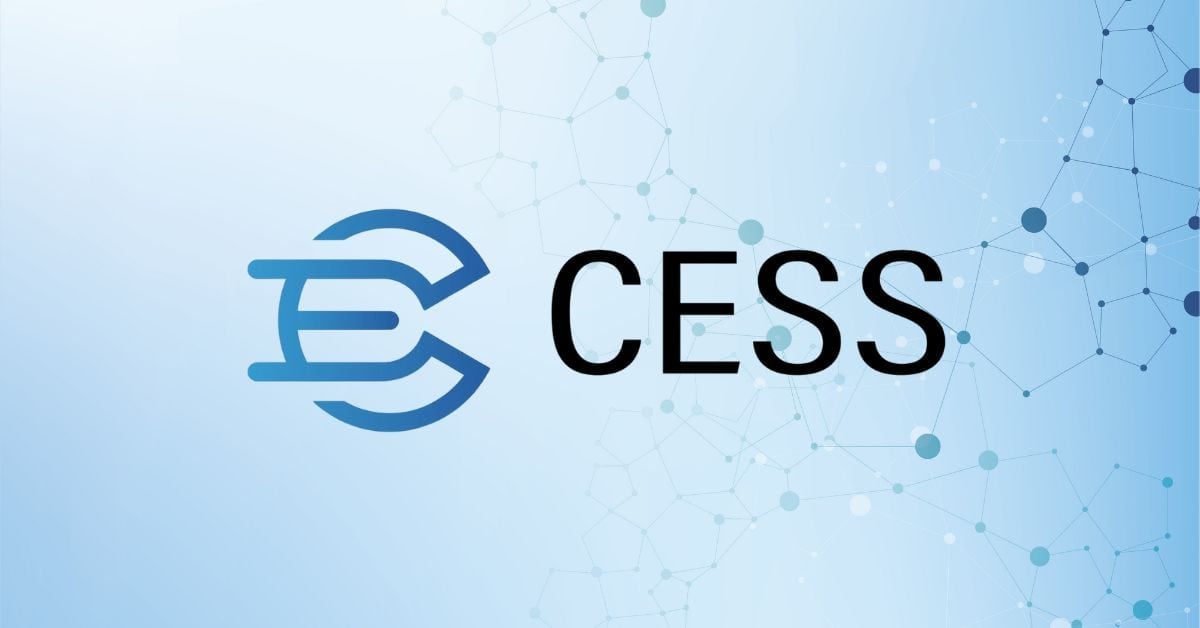Executive Summary
Giza Technologies is an emerging player in the decentralized finance (DeFi) space, focusing on autonomous financial agents that optimize capital deployment and liquidity management. The company has positioned itself at the intersection of artificial intelligence and DeFi with its “self-driving capital” concept. Recently, Giza has made significant strides by securing its first institutional partnership with Re7 Capital, marking a pivotal moment for the adoption of autonomous financial agents in institutional treasury management.
Company Overview
Giza Technologies, operating under the handle @gizatechxyz, launched in April 2022 and has quickly established itself as an innovative force in the DeFi ecosystem. The company describes itself as “Self-Driving Capital” and has built a substantial following of 11.9K on X (formerly Twitter). Their visual identity features a geometric diamond-shaped logo, reflecting their focus on precision and value creation in financial markets.
Core Technology and Products
Giza Agents
Giza’s primary offering is its suite of autonomous financial agents that operate on both the supply and demand sides of the market. These agents are designed to:
1.Optimize capital deployment: Intelligently allocating users’ capital across various DeFi protocols to maximize returns
2.Automate liquidity management: Continuously monitoring and adjusting protocol liquidity to maintain optimal performance
3.Shape ecosystem trajectory: Influencing market dynamics through sophisticated participation strategies
The technology behind Giza Agents includes:
•Non-linear optimizer: Treats each protocol as a curve with unique liquidity, fee, and utilization dynamics
•Modular smart accounts: Deployed and owned by the treasury itself, maintaining custody control
•Session key framework: Enables secure, controlled automation with precise operational boundaries
•Risk management system: Conducts pre-flight health checks and continuous monitoring of positions
•On-chain transparency: Records all decisions and actions for auditability and compliance
ARMA Agent
ARMA is Giza’s flagship product, a stablecoin yield agent that demonstrates the potential of their DeFi automation technology. It has been the first agent to receive institutional deployment, with Re7 Capital allocating $500,000 in USDC to the agent.
Giza claims impressive performance metrics for their agents:
•Yield improvement: +83% higher yields than static positions through continuous market optimization
•Ecosystem volume: Generates 10x more ecosystem volume from each dollar deployed
•Total volume: Giza Agents have facilitated over $40 million in volume to date
Back-tests conducted over four months with Re7 Capital showed:
•67% higher yield on stablecoins compared to static allocation strategies
•18.5% higher yield on ETH compared to static allocation strategies
These performance metrics suggest significant value creation potential for both individual and institutional users in the DeFi space.
Institutional Adoption
Re7 Capital Partnership
On May 29, 2025, Giza announced its first major institutional partnership with Re7 Capital, a leading DeFi-centric investment firm. This partnership represents a significant milestone for Giza, validating their technology for institutional use.
Re7 Capital is:
•Managing over $550M across curated vaults
•Among the most active DeFi liquidity providers globally
•A firm with four years of consistent outperformance in DeFi
•Specialized in on-chain risk curation, vault infrastructure, and DeFi ecosystem design through its innovation arm, Re7 Labs
The partnership involves:
•Initial deployment of $500,000 in USDC into the ARMA agent
•Development of a specialized suite of agents tailored to Re7’s broader ecosystem
•Testing of USDC and wETH variants for future deployment
Renç Korzay, CEO of Giza, emphasized the significance of this partnership: “Until now, institutions had to choose between iron-clad control and top-tier performance. Giza Agents eliminate that trade-off; capital runs autonomously, relentlessly productive, policy-locked, and cryptographically secure. Re7’s deployment marks the moment self-driving finance goes institutional.”
Market Demand Analysis
Growing Demand for DeFi Automation
The DeFi market has been evolving rapidly, with total value locked (TVL) fluctuating but maintaining significant capital deployment. As the market matures, there is increasing demand for:
1.Yield optimization: Maximizing returns in a competitive landscape where yield opportunities are constantly shifting
2.Risk management: Balancing potential returns with appropriate risk controls
3.Operational efficiency: Reducing the manual monitoring and management burden for treasury operations
4.Capital efficiency: Ensuring deployed capital generates maximum value across the ecosystem
Giza’s autonomous agents address these market needs by providing continuous optimization, sophisticated risk management, and improved capital efficiency without sacrificing custody control.
Institutional Market Fit
The institutional DeFi market has been constrained by several factors that Giza specifically addresses:
1.Control vs. performance trade-off: Institutions typically had to choose between maintaining strict control or achieving optimal performance
2.Custody concerns: Reluctance to delegate custody of assets to third-party services
3.Risk management requirements: Need for sophisticated risk controls that meet institutional standards
4.Compliance and reporting: Requirements for transparent, auditable operations
Giza’s approach of providing non-custodial agents with granular control parameters, sophisticated risk management, and on-chain transparency addresses these institutional concerns directly.
Competitive Landscape
While specific competitors are not explicitly mentioned in the available sources, Giza operates in the broader DeFi automation and yield optimization space. This sector includes:
1.Yield aggregators: Platforms that automatically move funds between different protocols to maximize returns
2.Treasury management solutions: Services that help DAOs and protocols manage their treasury assets
3.Algorithmic trading strategies: Systems that execute trades based on market conditions and opportunities
Giza differentiates itself through:
•Non-custodial architecture that maintains user control
•Sophisticated optimization that considers the full lifecycle of positions
•Institutional-grade risk management and reporting
•Focus on both user-side and protocol-side benefits
Recent Developments
The most significant recent development for Giza is the May 29, 2025 announcement of their partnership with Re7 Capital, marking their entry into institutional DeFi. This partnership validates their “self-driving capital” concept for institutional use and demonstrates market demand for autonomous DeFi treasury management.
Other recent developments include:
•The ARMA agent being live and operational
•Development of customized agents for specific institutional needs
•Focus on modular infrastructure for easier deployment of future agents
•Enhanced risk management features specifically designed for institutional requirements
Market Outlook and Future Potential
Giza’s entry into the institutional market represents a significant milestone for both the company and the broader adoption of autonomous financial agents in DeFi. The successful deployment with Re7 Capital could pave the way for:
1.Additional institutional partnerships: Other funds and treasury managers may follow Re7’s lead
2.Expanded agent capabilities: Development of more specialized agents for different asset classes and strategies
3.Broader ecosystem integration: Deeper integration with major DeFi protocols to enhance liquidity and capital efficiency
4.Market structure evolution: Potential shift toward more automated, agent-driven market participation
The “self-driving capital” paradigm that Giza is pioneering could represent a fundamental shift in how capital is deployed and managed in DeFi, potentially increasing overall market efficiency and accessibility.
Step-by-Step Guide for GIZA Season 2 Airdrop
Introduction to GIZA Season 2 Airdrop
Giza Technologies has implemented a seasonal approach to their token distribution, with Season 2 already underway as confirmed by their official communications. This guide provides detailed instructions on how to participate in and maximize your rewards for the GIZA Season 2 airdrop, based on official information from Giza’s website and authoritative sources.
Eligibility Categories for Season 2
Based on Giza’s airdrop philosophy and Season 1 distribution patterns, Season 2 focuses on rewarding participants across these key categories:
1.ARMA Users: Users who deploy capital through Giza’s autonomous agents
2.Social Contributors: Community members who help grow the Giza ecosystem
3.Community Stewards: Active participants who shape Giza’s culture
4.Technical Contributors: Developers and builders who contribute to Giza’s infrastructure
Step-by-Step Guide to Participate in GIZA Season 2 Airdrop
Step 1: Become an ARMA User (Highest Reward Potential)
1.Create a Web3 Wallet: Ensure you have an EVM-compatible wallet (such as MetaMask)
2.Visit the Giza Platform: Navigate to the official Giza website (https://www.gizatech.xyz/)
3.Connect Your Wallet: Link your wallet to the Giza platform
4.Deploy Capital to ARMA:
•Deposit funds into the ARMA agent (minimum recommended: $50)
•Keep funds deployed for at least 5 consecutive days to meet the minimum qualification threshold
5.Accumulate Points: Points are calculated using the formula:
•Points = 0.01 × USD deposited × hours
•Example: $100 deposited for 7 days = 0.01 × 100 × (7 × 24) = 168 points
6.Maintain Your Position: The longer you keep funds deployed and the more capital committed, the higher your potential reward
Step 2: Become a Social Contributor
1.Follow Official Channels:
•Follow Giza on X (Twitter): @gizatechxyz
•Join the Giza Discord server
•Join the Giza Telegram group
2.Participate in Social Campaigns:
•Monitor Giza’s official channels for announcements about Season 2 social campaigns
•Complete all required tasks in each campaign
•Focus on campaigns that require ARMA activation for higher qualification rates
3.Utilize the Referral Program:
•Share your unique referral link with friends interested in DeFi and autonomous agents
•Help your referrals complete the onboarding process
•Aim for quality referrals rather than quantity (Giza filters for genuine participation)
1.Engage Meaningfully in Community Discussions:
•Participate actively in Discord and Telegram discussions
•Contribute thoughtful questions and insights
•Help answer questions from new community members
2.Create Educational Content:
•Develop guides, tutorials, or explainers about Giza’s technology
•Share your experience using ARMA agents
•Translate official content to reach broader audiences
3.Organize Community Events:
•Host Twitter Spaces or Discord discussions about Giza
•Organize local meetups to discuss autonomous finance
•Create study groups to understand Giza’s technology
Step 4: Contribute Technically (For Developers)
1.Explore Development Opportunities:
•Review Giza’s documentation and GitHub repositories
•Identify areas where you can contribute
2.Participate in Technical Discussions:
•Join developer channels in Discord
•Engage in technical conversations
3.Submit Contributions:
•Report bugs or suggest improvements
•Contribute code if possible
•Create tools or resources that enhance the Giza ecosystem
Maximizing Your GIZA Season 2 Rewards
For ARMA Users:
•Optimize Your Capital Deployment:
•Consider deploying larger amounts for shorter periods rather than smaller amounts for longer periods
•Example: 500for10daysgeneratesmorepointsthan500 for 10 days generates more points than 500for10daysgeneratesmorepointsthan100 for 50 days
•Compound Your Yields:
•Reinvest earned yields to increase your capital base
•This increases your points accumulation rate over time
•Diversify Across Giza Agents:
•As new agents become available, consider allocating capital across multiple Giza agents
•This may increase your eligibility for specialized airdrops
For Social Contributors:
•Complete All Campaign Tasks:
•Ensure you finish 100% of tasks in each campaign
•Partial completion significantly reduces qualification rates
•Focus on High-Value Activities:
•Prioritize tasks that require on-chain transactions
•Activities that demonstrate genuine engagement receive higher weighting
•Quality Over Quantity in Referrals:
•Refer users who are likely to become active participants
•Giza’s filtering system rewards genuine referrals over mass invitations
•Consistency is Key:
•Regular, meaningful participation is valued over sporadic high-volume activity
•Aim to be recognized by community managers and core team members
•Add Unique Value:
•Find your niche where you can contribute uniquely
•Specialized knowledge or skills can make your contributions stand out
Important Dates and Deadlines
•Season 2 Start Date: Already begun (as confirmed by Giza’s official X account)
•Snapshot Dates: Not yet announced – follow official channels for updates
•Claim Period: Will be announced after the snapshot
Verification and Claiming Process
1.Monitor Official Announcements:
•Keep an eye on Giza’s official channels for snapshot and claim announcements
2.Check Eligibility:
•When announced, verify your eligibility through Giza’s official platform
3.Connect Wallet:
•Use the same wallet you used for participation
4.Complete Verification:
•Follow the verification steps provided
5.Claim Tokens:
•Execute the claim transaction when available
•Be aware of any time limitations for claiming
Additional Resources for GIZA Airdrop
•Official Website: https://www.gizatech.xyz/
•X (Twitter): @gizatechxyz
•Blog: https://www.gizatech.xyz/blog
•Airdrop Information: https://www.gizatech.xyz/blog/giza-airdrop
Conclusion
Giza Technologies has positioned itself as a pioneer in autonomous financial agents for DeFi, with a strong focus on institutional-grade solutions that don’t compromise on control or security. Their recent partnership with Re7 Capital validates their approach and suggests growing market demand for their offerings.
The company’s emphasis on non-custodial architecture, sophisticated optimization, and comprehensive risk management addresses key concerns for both individual and institutional DeFi participants. If their performance claims hold true in real-world deployments, Giza could play a significant role in the evolution of DeFi market structure toward more efficient, automated capital deployment.
For individuals interested in participating in the Giza ecosystem, the Season 2 airdrop presents an opportunity to engage with this innovative technology while potentially earning rewards. By following the step-by-step guide provided in this report, users can maximize their chances of qualifying for the airdrop through meaningful participation across various eligibility categories.
As the DeFi ecosystem continues to mature, solutions like Giza’s autonomous agents may become increasingly important for managing complexity and optimizing capital efficiency across the market.
References
1.Giza Technologies X (Twitter) Profile: https://x.com/gizatechxyz
2.Giza Technologies Official Website: https://www.gizatech.xyz/
3.Re7 Partnership Announcement: https://www.gizatech.xyz/blog/re7-brings-the-first-wave-of-institutional-financial-agents
4.CoinJournal Article on Re7 Partnership: https://coinjournal.net/news/giza-goes-institutional-re7-capital-adopts-autonomous-defi-treasury-management/
5.ChainBits Press Release: https://www.chainbits.com/press-releases/giza-agents-go-institutional-re7-capital-embraces-self-driving-capital-for-defi-treasury-management/
6.CoinCodex Article: https://coincodex.com/article/68085/giza-re7-capital-defi-autonomous-agents/
7.Giza Airdrop Information: https://www.gizatech.xyz/blog/giza-airdrop
